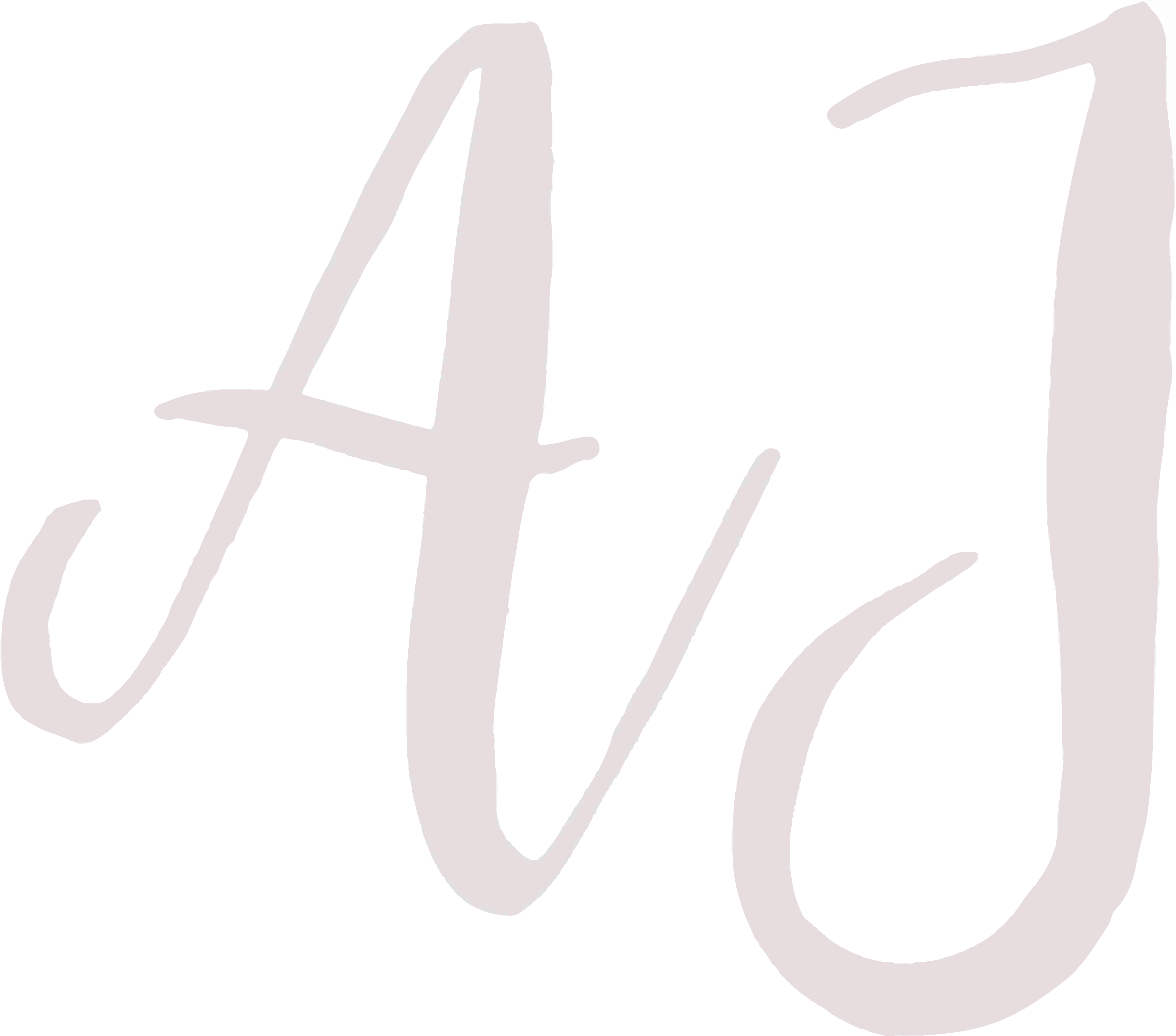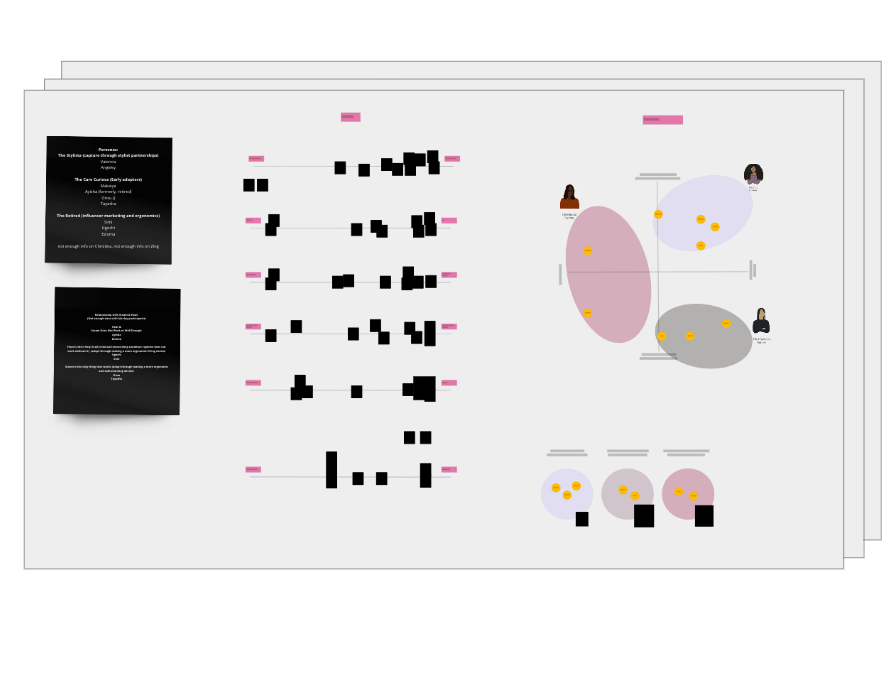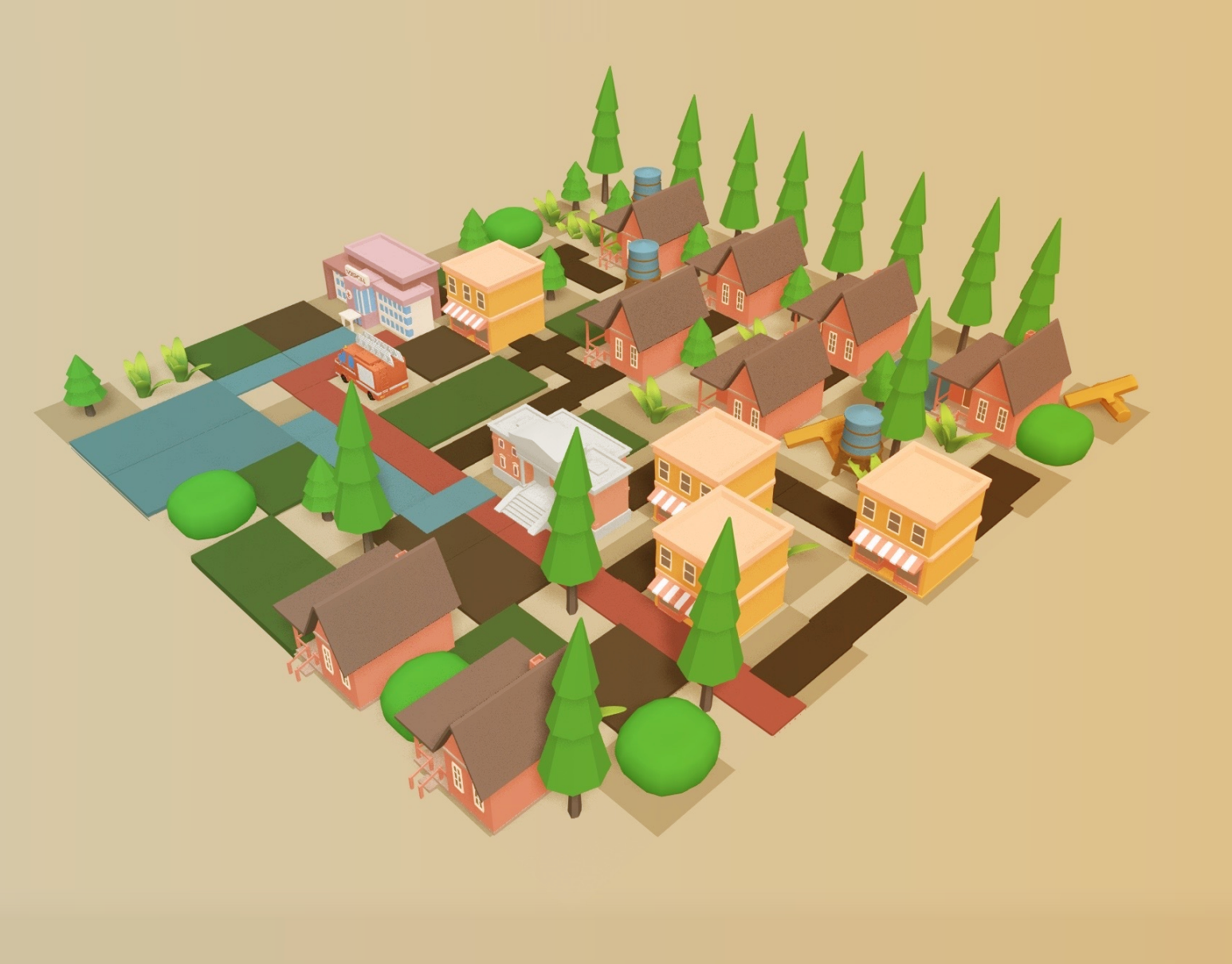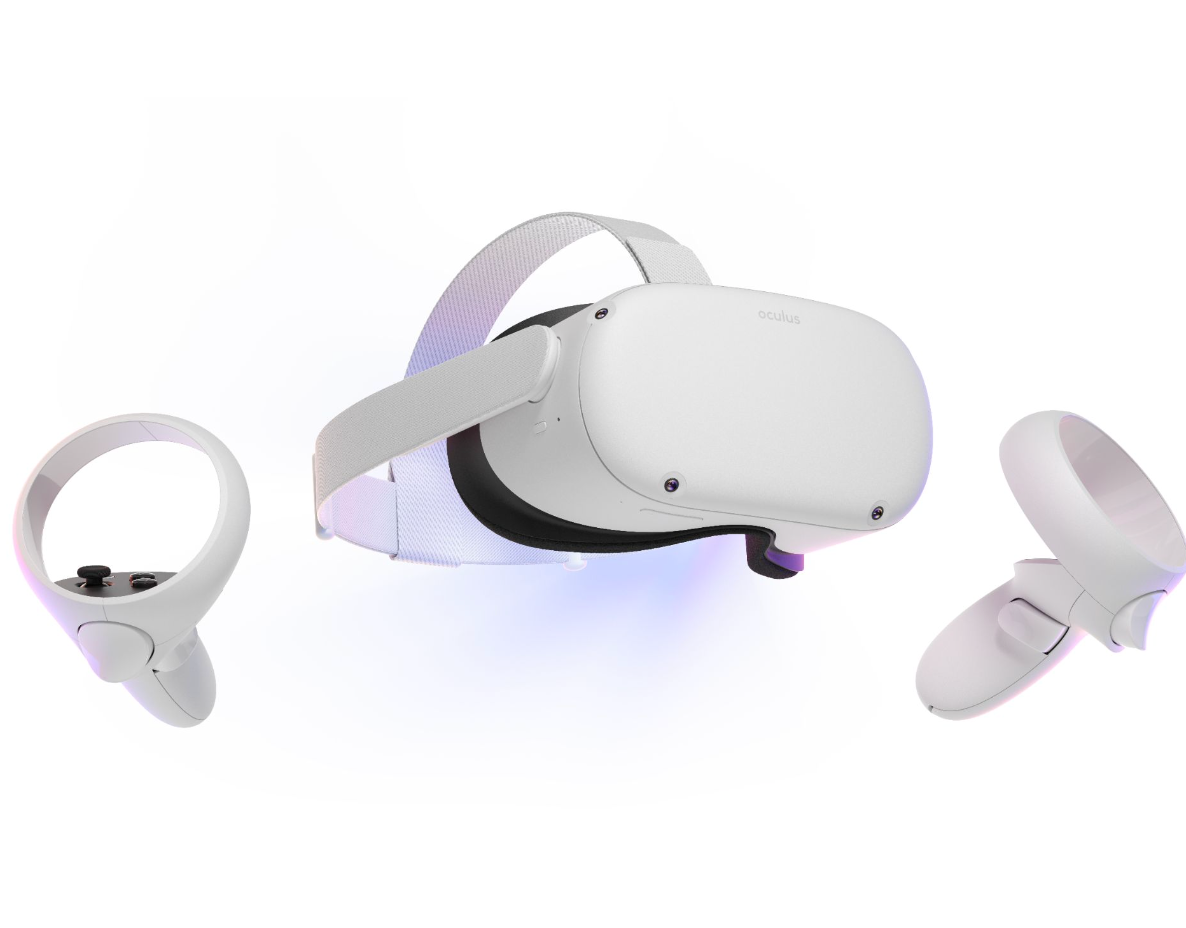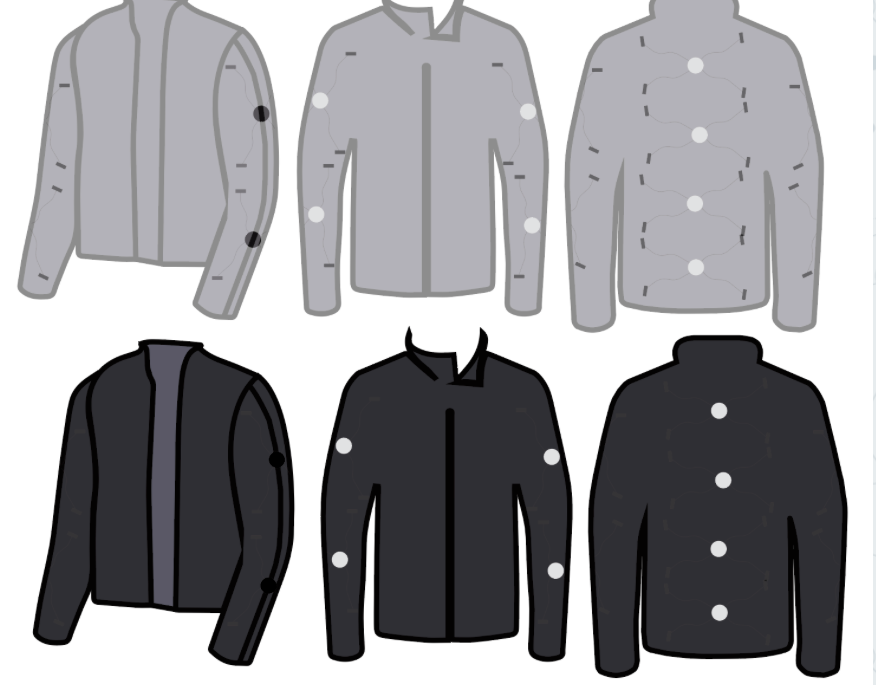Product: Headlamp 750, BioLite's next leading high-powered, high-performance, headlamp to fuel outdoor recreation
Role: User Experience Research and Testing Lead
Goals: Utilizing qualitative and quantitative user research methodologies to optimize the technical capabilities and usability of a highly complex product
Tools: Google Forms for survey design, Google Sheets for quantifying insights, Google Slides for presenting findings and proposals
Overview:
I designed and executed surveys, focus groups, and field trails to gather confident data on Headlamp 750 prototypes, focusing on usability, functionality, durability, and comfort.
Users across the country took prototypes camping, skiing, cave exploring, and on some night skating adventures.
My user research leadership helped the team prioritize chasing product excellence to meet user expectations and needs in design. User feedback played an imperative role in product performance enhancement during the pre-production stages.
Case Study
User Segment:
The Modern Explorer — a discerning adventurer who craves the perfect blend of form and function. With an eye for style without compromising on performance, the Modern Explorer seeks a headlamp that's as discreet as it is powerful. Their headlamp must be designed for the most extreme low-light adventures, yet prioritize comfort and sleekness without sacrificing functionality.
Design Requirements:
Most high-powered headlamps require big and heavy batteries that can obstruct fit, comfort, and style.
With HeadLamp 750 this battery sat in our rear-housing. We designed a "3D Slim Fit" construction to meet our Modern Explorer's need for style and performance. Our user testing set out to validate this prototype.
Research Question:
How might we optimize for a" 3D SlimFit" wearable experience?
How might we optimize for a" 3D SlimFit" wearable experience?
Leading in-office jogging focus groups with headlamp samples allowed me to efficiently and effectively gather user data on headlamp fit during high activity.
You can spot me in the front leading the pack of joggers!
Constructive user feedback revealed common pain points:
The team and I then identified, prototyped, tested, and implemented a head-strap buckle geometry change that mitigated product issues, allowing us to stay true to our "3D SlimFit" product aspirations.
Side-by-side of old (left), modified (right), and 3D printed prototyped (middle) buckle geometry. The earlier prototype explored growing the buckle teeth. The implemented modification shrunk the length and increased the thickness, giving it a more stout body that functions to increase the friction and pull-force necessary to overcome incidental elastic creep. This successfully reduced reported issues with re-adjustment and slippage during high-activity.
Other roles on this product included quality and manufacturing engineering, product issues tracking and management, and designing mechanical reliability and verification testing.
